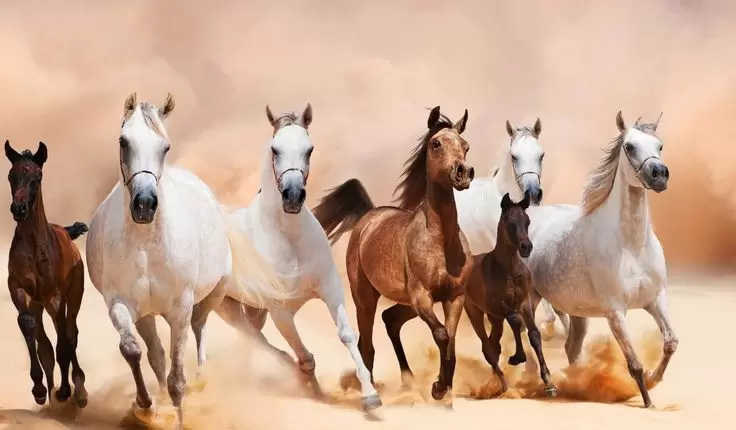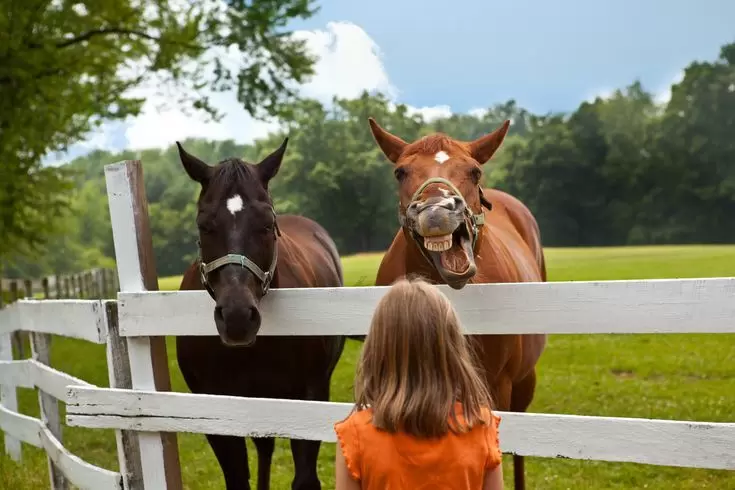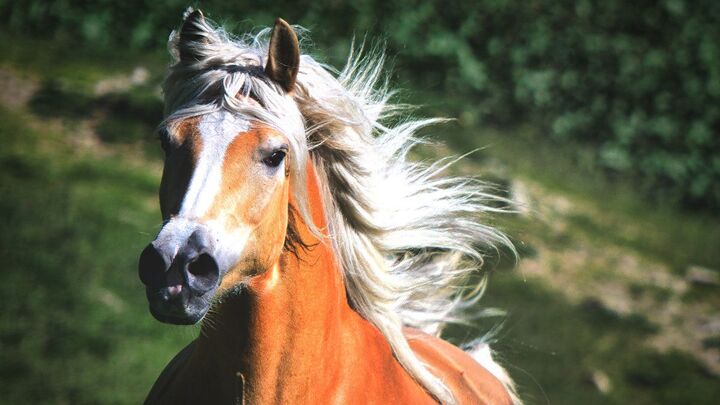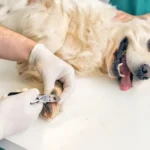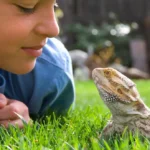Horses utilize a variety of vocalizations, including whinnying, neighing, and nickering, to communicate important messages to other horses. One common question is whether “Horses Whinny When They Run.” These equine sounds serve social and survival functions within herds.
Through expanding on each topic in more depth, this article will provide a comprehensive understanding of whether horses truly whinny when running, as well as horse communication in general.
Horses Whinny and Neigh for Good Reasons
Whinnying is typically a long, drawn out vocalization emitted by mares and foals to keep in contact over distances. Foals rely heavily on whinnying to maintain proximity to their mothers as they learn survival skills.
Mare and foal pairs stay closely bonded through nearly constant whinnying contact for the foal’s first several months of life. Even after weaning occurs, a mare searching for her foal in a large pasture will often whinny frequently while doing so.
Whinnying also allows mares and foals to vocalize emotions and needs. A foal in distress after becoming separated or hurt will loudly whinny, cueing the mare to quickly locate and assist her offspring.
Mares also whinny when expressing arousal, frustration, or the urgency to reunite. Their foals quickly pick up on varied emotional tones in their mothers’ calls to interpret needs.
Neighing fills an important role as a shorter range greeting vocalization between horses. Upon reuniting after time apart, mares and geldings alike will engage in lively back and forth neighing exchanges to reconnect.
These conversations allow individual horses to identify one another through learned vocal signatures. Neighing continues as horses touch noses and mutual groom to reinforce their re bonding.
Nickering is the gentle call horses use in close proximity, like within a herd grazing in adjacent pastures or horses greeting one another over stable walls. Its softer tone helps create an atmosphere of ease and harmony among herd members within sight and sound of one another.
Stressed horses quickly become calmed by nickering conversation with pasture mates.
In the wild, these vocalizations evolved to serve an essential survival function beyond just social communication warning entire herds of imminent threats, like predators, to mobilize a coordinated defense.
One mare may alert neighbors by loud whinnying if she spots a mountain lion approaching, allowing them all to flee together for better chances against the predator. Even domestic horses retain these hardwired instincts for group protection through vocal contact.
Do Horses Really Whinny When Running?
When considering whether horses truly whinny during exertion like running, it’s important to distinguish leisurely movement from intense flight responses. While grazing or exploring their pastures, horses move at walking and occasional faster paces but rarely vocalize during regular locomotion.
This likely stems from energetic conservation, as whinnying requires extra muscular effort horses don’t usually spare needlessly.
However, when fleeing real threats, a horse may briefly emit warning calls between breaths while running at top speed. Studies show horses chased by researchers making predatory noises would intermittently whinny or neigh as they galloped to convey alarm.
Their vocalizations alerted other horses in larger enclosure experiments to join in fleeing the “threat”.
Horses also sometimes whinny when starting to run, such as during the initial moments of startled flight responses or race starts. However, these brief vocal bursts cease once they reach full gallop stride and focus energy on sustained running.
Most equine behavior experts agree that leisurely equine activities like grass grazing trotting or cantering rarely stimulate whinnying on their own without additional stresses present.
Situations That Do Prompt Equine Communication
Beyond threat scenarios and brief flight reflex calls, observational research has revealed several consistent contexts where horses freely whinny, neigh and nicker:
Communication over Distances
The social functions of equine vocalizations become most evident when herds graze across fields and valleys far apart. Mares with foals staying in contact through intermittent whinnying across acres is a classic scenario. Even familiar herd members hundreds of feet away will check in with nickering vocalizations.
Introduction of Unfamiliar Horses
Bringing an adopted or rescued horse into an existing herd inevitably stirs up vocal activity as each horse sizes up the new arrival. Neighing facilitates collection of visual cues, smells and vocal signatures to learn identities. Whinnying also expresses any aroused feelings during this adjustment.
Reinstatement of Mare Foal Pair Bonds
After mandated separations, like furriery procedures or foaling seasons, the reunion of mares and foals always involves intense, joyous whinnying and grooming displays. These help re cement their lifelong attachment through emotional release of the bonding hormones oxytocin and prolactin.
Separation Distress and Isolation
Conversely, vocally isolated horses left alone in small corrals or stalls without visual or audible contact frequently whinny plaintively. Rescue horses spared from slaughter often demonstrate emphatically distressed whinnying after traumatic horse auction experiences. Companionship clearly soothes equine anxieties.
Expression of Strong Positive Emotions
Playful young horses at pasture or horses greeting their human caregivers after time off will sometimes engage in excited, joyful whinnying and nickering displays with smiles and play bows. Equine emotional sounds aren’t always negative they express the full range.
Response to Novelties or Surprises
Hikers, dogs, gate noises, and vehicular stimuli that appear unexpectedly may stir some horses to voicing group alarms through whinnying until others pinpoint the source. Increased environmental monitoring through calls benefits prey safety.
Conclusion
rather than specifically affiliating with energetic actions, horse vocal communication most commonly occurs in contexts directly related to herd bonding, separation distress, threat alerts, novelty responses and emotional displays natural drivers of equine social evolution. Understanding these perspectives grants unique insight into nonverbal equine intelligence.
FAQs
Q:What sound does a horse make when it runs?
A:Galloping sounds
Q:What is the sound of a horse running called?
A: Cantering (or loping in Western riding)
Q:What does it mean when horses whinny?
A: A searching call that facilitates social contact from a distance.
Q:How do you describe a horse running?
A:Walk, trot, canter, and gallop.

